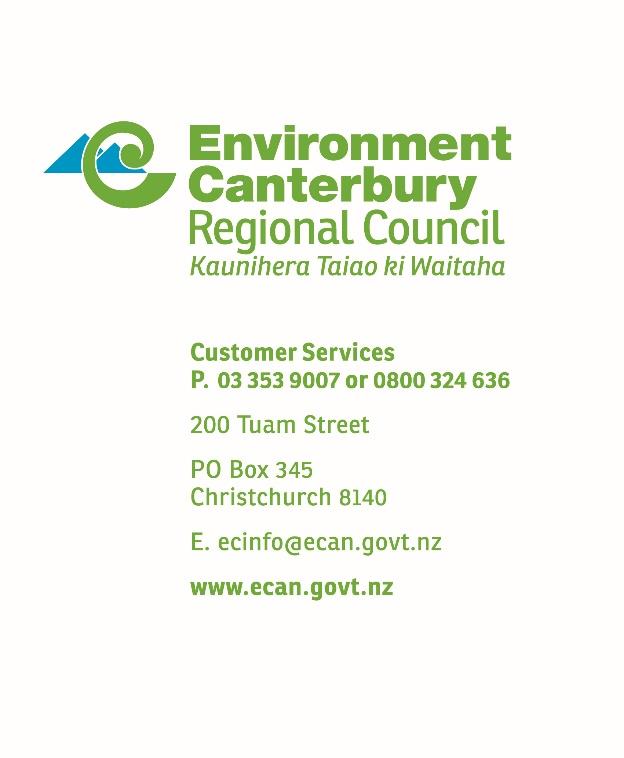
19 August 2020
Rangi Faith
By email: [FYI request #13447 email]
Dear Rangi
Local Government Official Information and Meetings Act 1987 (LGOIMA):
Request for Information
I refer to your email of 3 August 2020 requesting information on tree felling in Rangiora.
Your request has been referred to me to reply.
The poplar trees in the vicinity of Cones Road, Rangiora, were located between the
primary and secondary stopbanks. The last major flood to break through this area was
in 1953. The secondary stopbanks were installed between 2013 and 2018 and are
critical pieces of infrastructure for protecting people and property. In the event of a
breach of the primary stopbank, the flood flow is channelled back into the river by the
secondary bank.
The problem with the trees which were there was that they slowed the water down and
restricted its passage through this critical zone back into the river downstream of the
rail bridge. Modelling of flood flows through this area indicated that with the trees in
place, overflows into Rangiora were likely. This is a risk we are unwilling to accept. As
well, many of the trees were in very poor health and were rotten in the middle, making
them unstable and a hazard to park users.
Tracks in the park will be re-established once the clearing is finished. These will now
traverse an open grassed area, rather than a forested area with all debris and stumps
removed. The final condition will be a mown grass park with the exercise stations and
trails re-established. While it may not be as attractive for cycling and running dogs as
it was, an open greenspace allows other uses for community recreation.
The Ashley Rakahuri River is a braided river with significant biodiversity values.
Environment Canterbury prioritises braided river ecosystems and is currently working
on a plan for the river to enhance mahinga kai, biodiversity and recreation values while
still allowing for the protection of the community from flooding.
We are actively addressing ways we can raise community awareness and the reasons
for these types of works in the future to ensure better community understanding.
You will be aware that if you are not satisfied with this response you are able to refer
this matter to the Office of the Ombudsman under s27(3) of the LGOIMA.
Please be advised that we now put LGOIMA responses that are in the public interest
onto our website. No personal details of the requester are given, but we do summarise
the essence of the request alongside the response.
File Number: GOVE/INQU/OMBU/1882C

Should you require any further information or clarification, please do not hesitate to
contact Lillian Sewell in the first instance
([email address] or 033677340).
Yours sincerely,
Nadeine Dommisse
Chief Operating Officer
File Number: GOVE/INQU/OMBU/1882C

